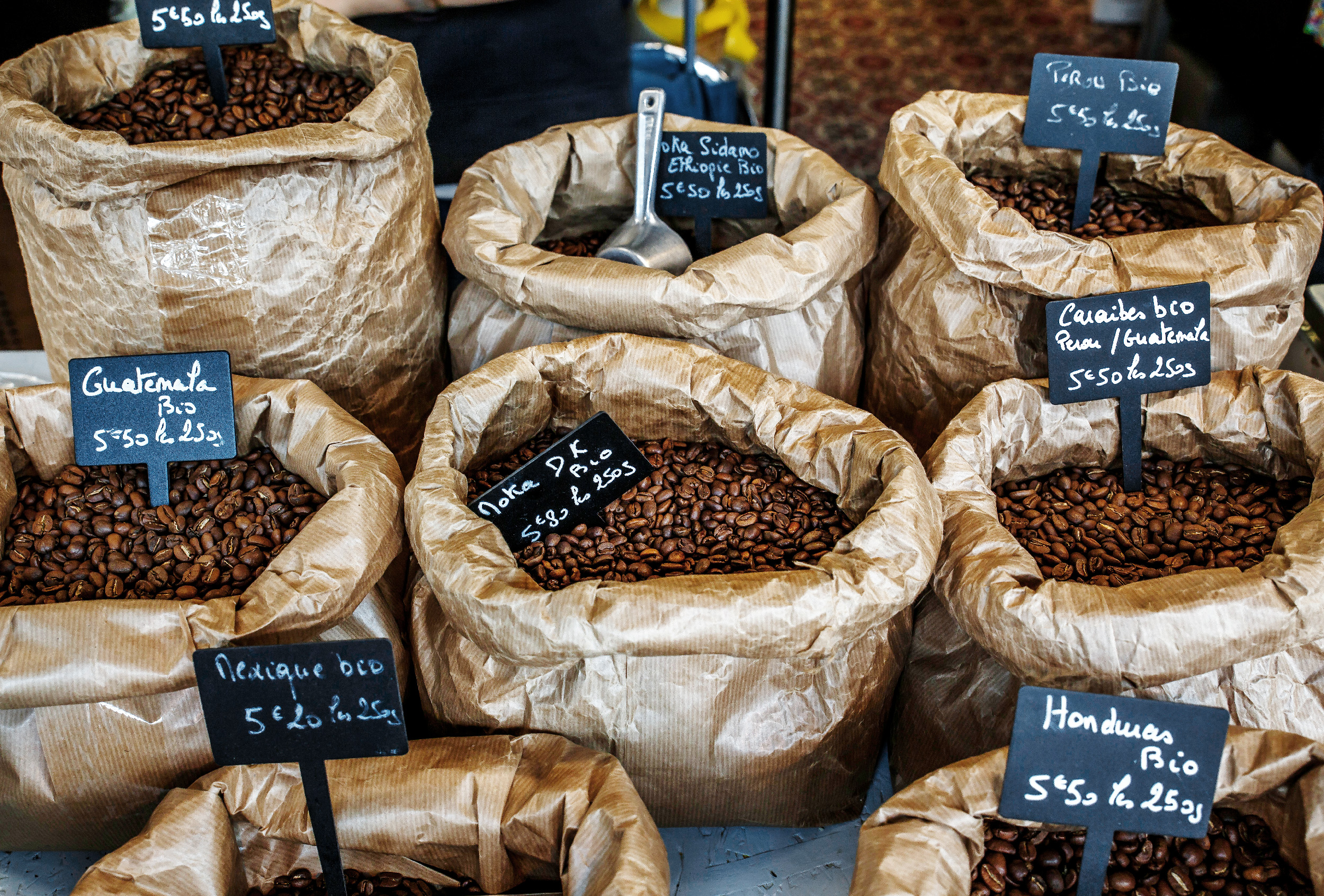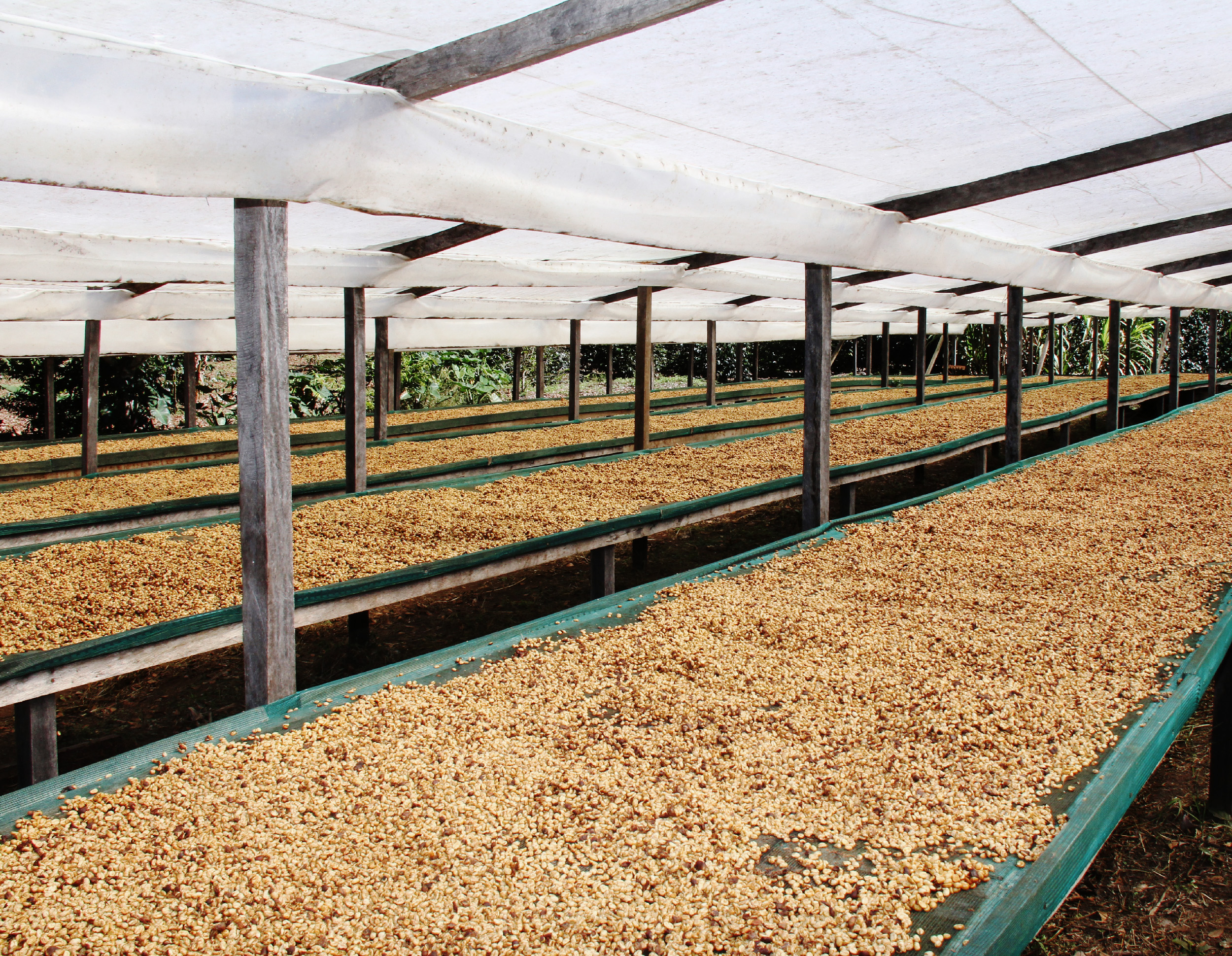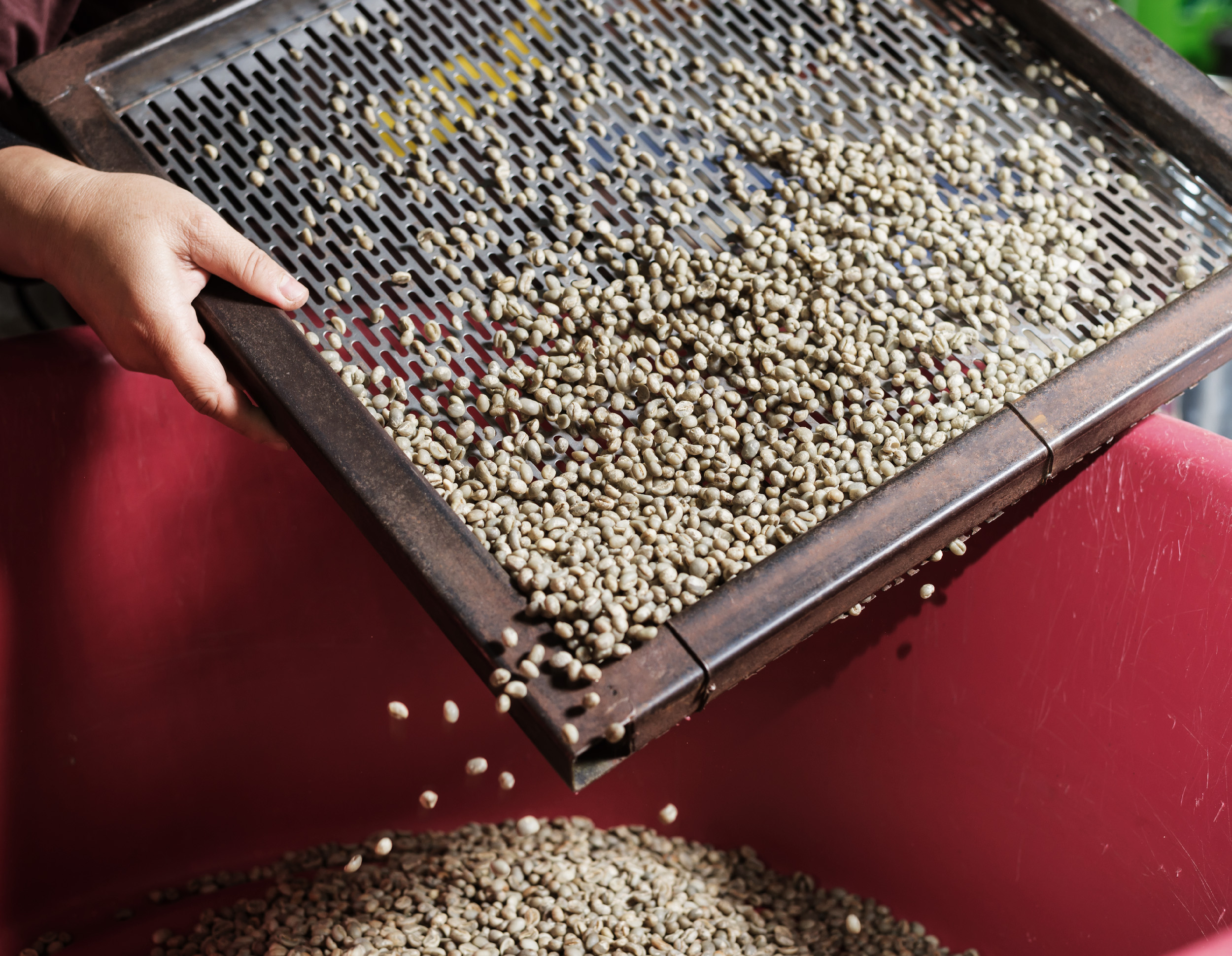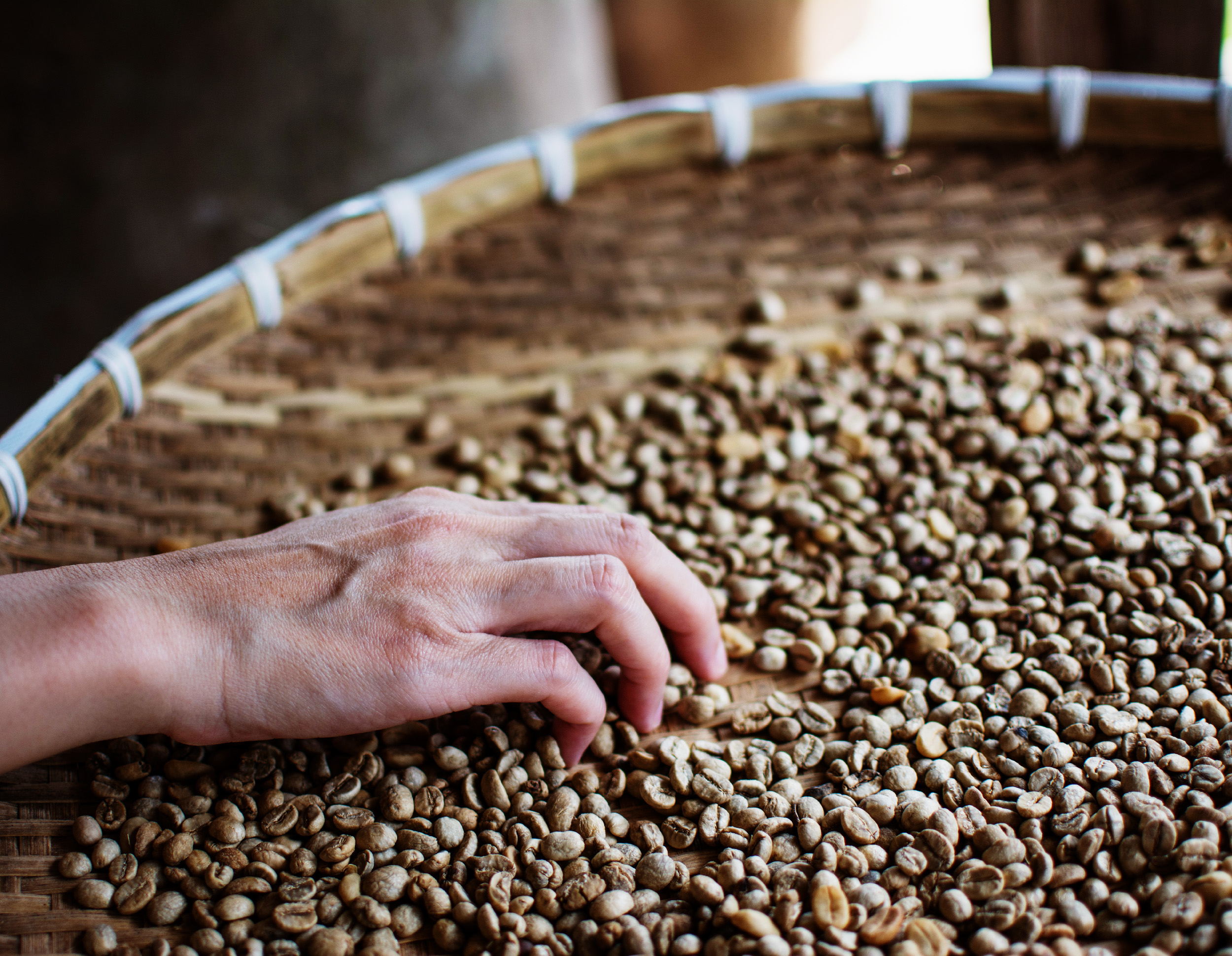Guatemalan coffees have broad appeal to consumers. The typical predominant flavours of chocolate or roasted nuts found in Guatemalan coffees, together with good sweetness and body, make for accessible and easy-drinking coffees. In addition, the bright acidity and stone fruit flavours found in good-quality Guatemalan coffees add complexity and interest.
 Guatemalan and other Central American coffees are best-known for typical flavour notes of nuts and chocolate, but can also feature considerable complexity.
Guatemalan and other Central American coffees are best-known for typical flavour notes of nuts and chocolate, but can also feature considerable complexity.
This combination of attributes makes Guatemalan coffees very versatile. Larger lots from cooperatives might be used as a base component in a blend or to add a bit of juicy acidity without dominating the flavour profile. And top microlots from the country compare favourably with the best coffees from anywhere in the world, as demonstrated by Guatemala’s well established Cup of Excellence auctions.
The 2020 Cup of Excellence auction set new records for Guatemalan coffees. The top lot, a washed Geisha from El Socorro, sold at US$180.20 per pound — more than twice the previous record. Meanwhile, the average price for lots in the auction was US$26.50, a 65% increase over the last record set in 2017.
Guatemalan coffees have a reputation for roasting evenly and being fairly ‘forgiving’ to roast, with good results achievable for a wide range of roast colours. The roasting characteristics of a given coffee probably depend more on factors such as density, bean size, and moisture content than specifically on country of origin. However, the combination of dense beans, skilled processing, and careful sorting and screening that are typical for Guatemalan coffees contribute to predictable roasts and even heat transfer to the beans.
Drying, screening, and sorting of coffee beans.
Very little systematic evidence exists for how the country of origin affects the way a coffee roasts. One interesting study, however, sampled the exhaust gases from a roaster and analysed the volatile organic compounds (VOCs) given off by the coffee during the roast in real time (Gloess et al 2014).


